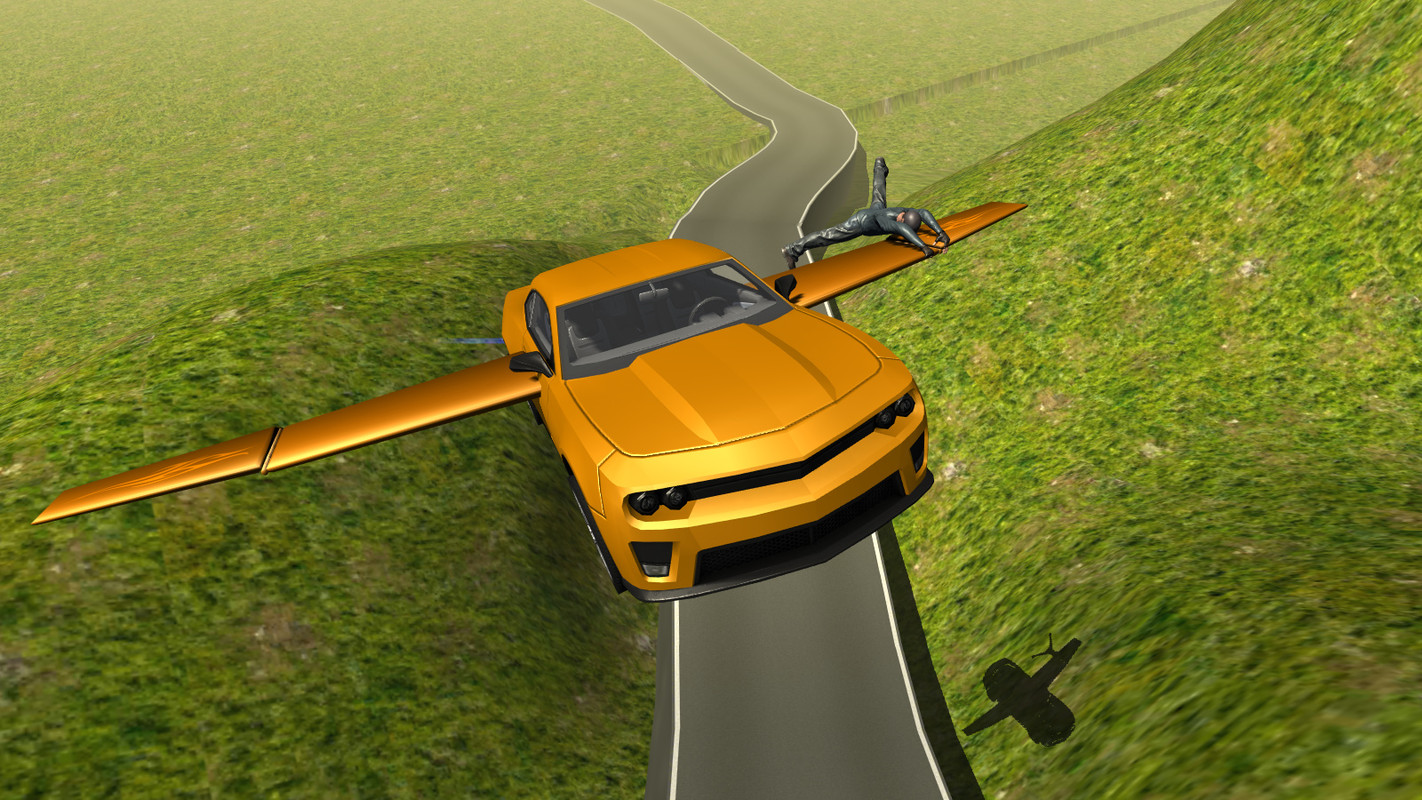

Its Intelligent Flight battery can keep it airborne up to 18 minutes instead of 20, but that's hardly a dealbreaker. With its greater camera sensor size, plus its compact and superior build, the Avata is an ideal choice compared to DJI's FPV drone.


A typical FPV drone doesn’t hold your hand, lacking automated controls to make it stop or hover in place.

An improved camera boasts a 48MP, Type 1/1.7 (7.6x5.7mm) CMOS sensor that can capture up to 4K/60p and 2.7K/120p video. Unless it experiences an extreme and catastrophic crash, the Avata likely won’t need to be sent in for repair thanks to a compact frame and built-in propeller guards. DJI's models also don't require you to know how to wire up your own camera or motors, or tinker with radio frequencies and remote control configurations, things that were common in a lot of previous FPV drone solutions.ĭJI has listened to its user feedback and addressed criticisms of its first FPV drone with the Avata. A typical FPV drone doesn’t hold your hand, lacking the automated controls to make it stop or hover in place like DJI's FPV drones do. Cinewhoop-type drones can maneuver in tight spaces, creating a thrilling effect as seen in this video from Jaybyrd Films.īefore DJI introduced its first FPV drone, back in March 2021, operating this type of drone meant learning an entirely new and complex set of skills – not exactly a beginner-friendly task.


 0 kommentar(er)
0 kommentar(er)
